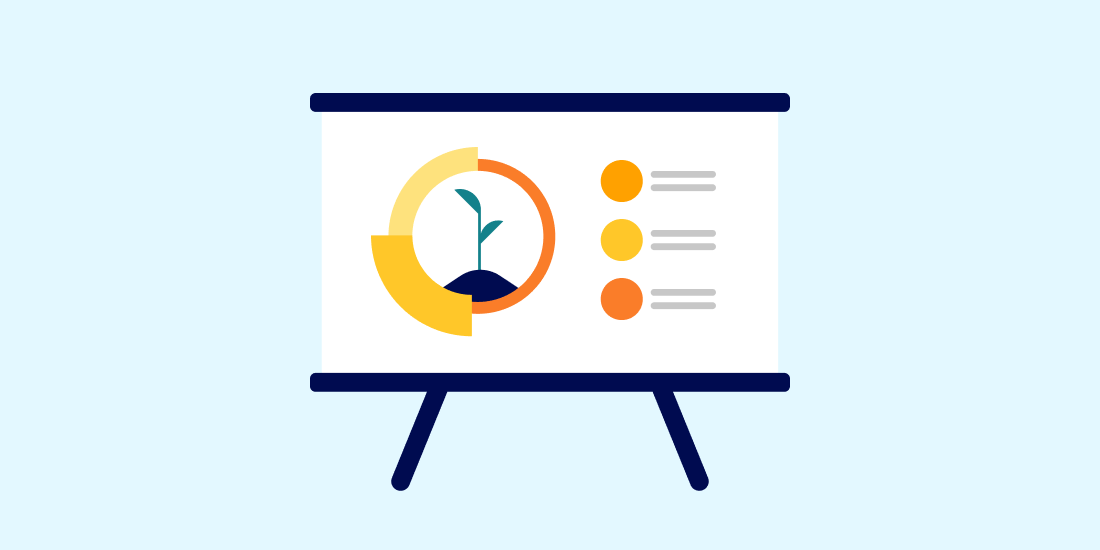The most common asset classes for investors
Every type of asset gains or loses value differently, so it helps to know what those types are and how they work.

An asset class is a name for a group of assets that share common qualities and behave similarly in the market. They’re governed by the same rules and regulations, and gain or lose value based on the same factors and circumstances. Different asset classes have relatively little in common, and tend to have fluctuations in value that are imperfectly correlated.
Common asset classes include:
- Equities (stocks)
- Fixed income (bonds)
- Cash
- Real Estate
- Commodities
- Cryptocurrencies
- Alternative investments
- Financial Derivatives
Within these groups, there are several assets people commonly invest in.
The most common types of assets for investors
The three financial assets you may hear about the most are stocks, bonds, and cash. A strong investment portfolio often includes a balance of these assets, or combines them with others.
Let’s take a closer look at each of these.
Stocks
A stock is a type of equity. It’s basically a tiny piece of a company. When you invest in stocks, you become a partial “owner” of the companies that issued those stocks. You don’t own the building, and you can’t go bossing around the employees, but you’re a shareholder. Your stock’s value is directly tied to the company’s profits, assets, and liabilities. And that means you have a stake in the company’s success or failure.
Stocks are volatile assets—their value changes often—and they have historically had the greatest risk and highest returns out of these three asset categories (stocks, bonds and cash). Choosing stocks from a wide range of companies in different industries can be a smart way to diversify your portfolio.
Bonds
A bond represents a portion of a loan. Its value to the bondholder comes from the interest on the loan. Bonds are typically more stable than stocks—lower risk, lower reward. Bonds belong to the “fixed income” asset class, which focuses on preserving capital and income, and tend to depend on different risk variables than stocks. If a company has a bad quarter, that’s probably not going to affect the value of your bond, unless they have a really bad quarter then default on their loan. When stock markets have a bad month, investors tend to flock to safer asset classes. In those cases, returns on bonds may outperform returns from the stock market.
Something else to consider with bonds is the impact of interest rates and inflation. When interest rates increase or decrease, they directly affect how much bond interest you accrue. And since bonds generate lower returns than stocks, they may struggle at times to beat inflation.
Cash
With cash investments, things like money market accounts and certificates of deposit (CDs), you’re basically loaning cash (often to a bank) in exchange for interest. This is usually a short-term investment, but some cash investments like CDs can lock up funds for a few years. These investments are often low-risk because you can be confident they will generate a return, even though it might be lower than returns for other types of asset classes.
Cash investments offer higher liquidity, meaning you can more quickly sell or access these assets when you need the money. As such, the return you get is typically lower than what you’d achieve with other asset classes. Investors therefore tend to park the money they need to spend in the near-term in cash investments.
Other common assets
Those are the big three. But investors also invest in real estate, commodities, alternative asset classes, financial derivatives, and cryptocurrencies. Each of these asset classes come with their own set of risk factors and potential advantages.
What about investment funds?
An investment fund is a basket of assets that can include stocks, bonds, and other investments. The most common kinds of funds you can invest in are mutual funds and exchange-traded funds (ETFs).
Mutual funds and ETFs are similar, but there’s a reason ETFs are gaining popularity: they’re usually cheaper. ETFs tend to be less expensive to manage and therefore typically have lower expense ratios. Additionally, mutual funds charge a fee to cover their marketing expenses. ETFs don’t. Mutual funds are also more likely to be actively managed, so they can have more administrative costs. Most ETFs are funds that simply track the performance of a specific benchmark index (e.g., the S&P 500), so there’s less overhead to manage ETFs than mutual funds.
ETFs have another advantage: you can buy and sell them on the stock exchange, just like stocks. You can only sell a mutual fund once per day, at the end of the day. That’s not always the best time. Being able to sell at other times opens the door to other investment strategies, like tax-loss harvesting.
How to choose the right assets
When you start investing, it’s hard to know what assets belong in your investment portfolio. And it’s easy to make costly mistakes. But if you start with a goal, choosing the right assets is actually pretty easy.
Say you want $100,000 to make a down payment on a house in 10 years. You have a target amount and a deadline. Now all you have to do is decide how much risk you’re willing to take on and choose assets that fit that risk level. For many investors, it’s simply a matter of balancing the ratio of stocks and bonds in your portfolio.

